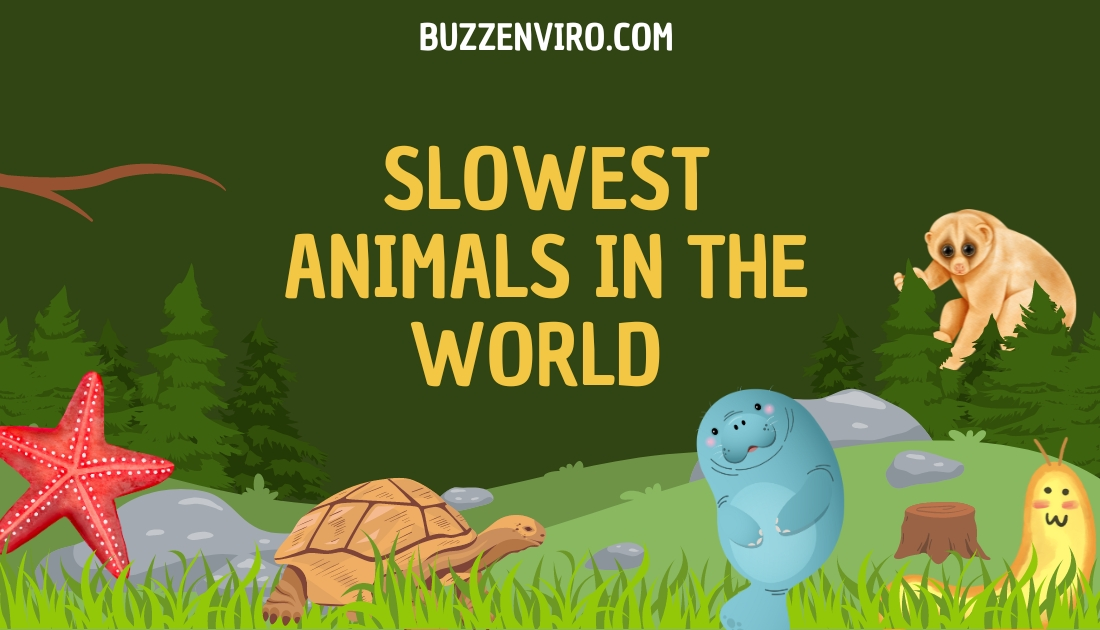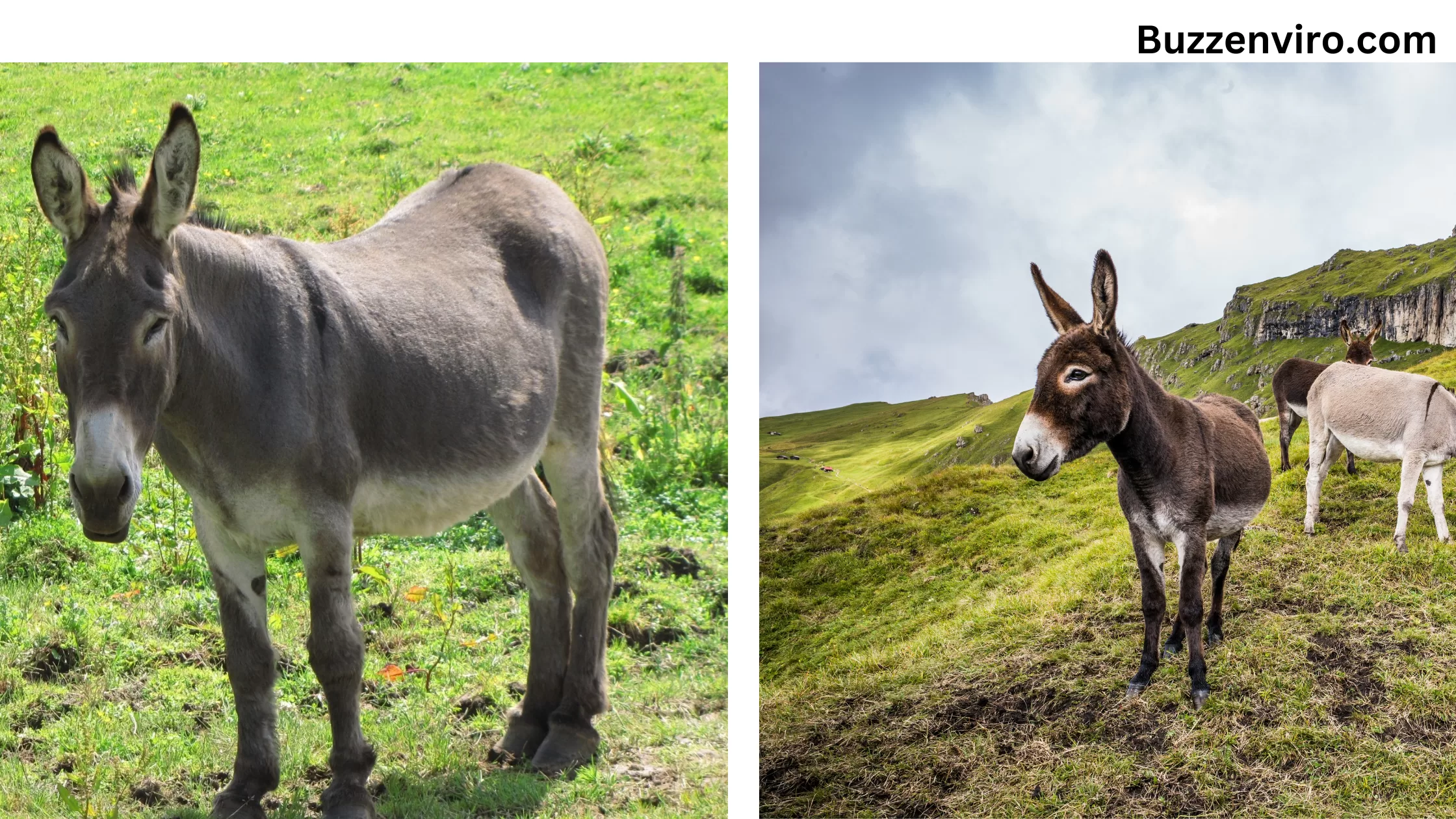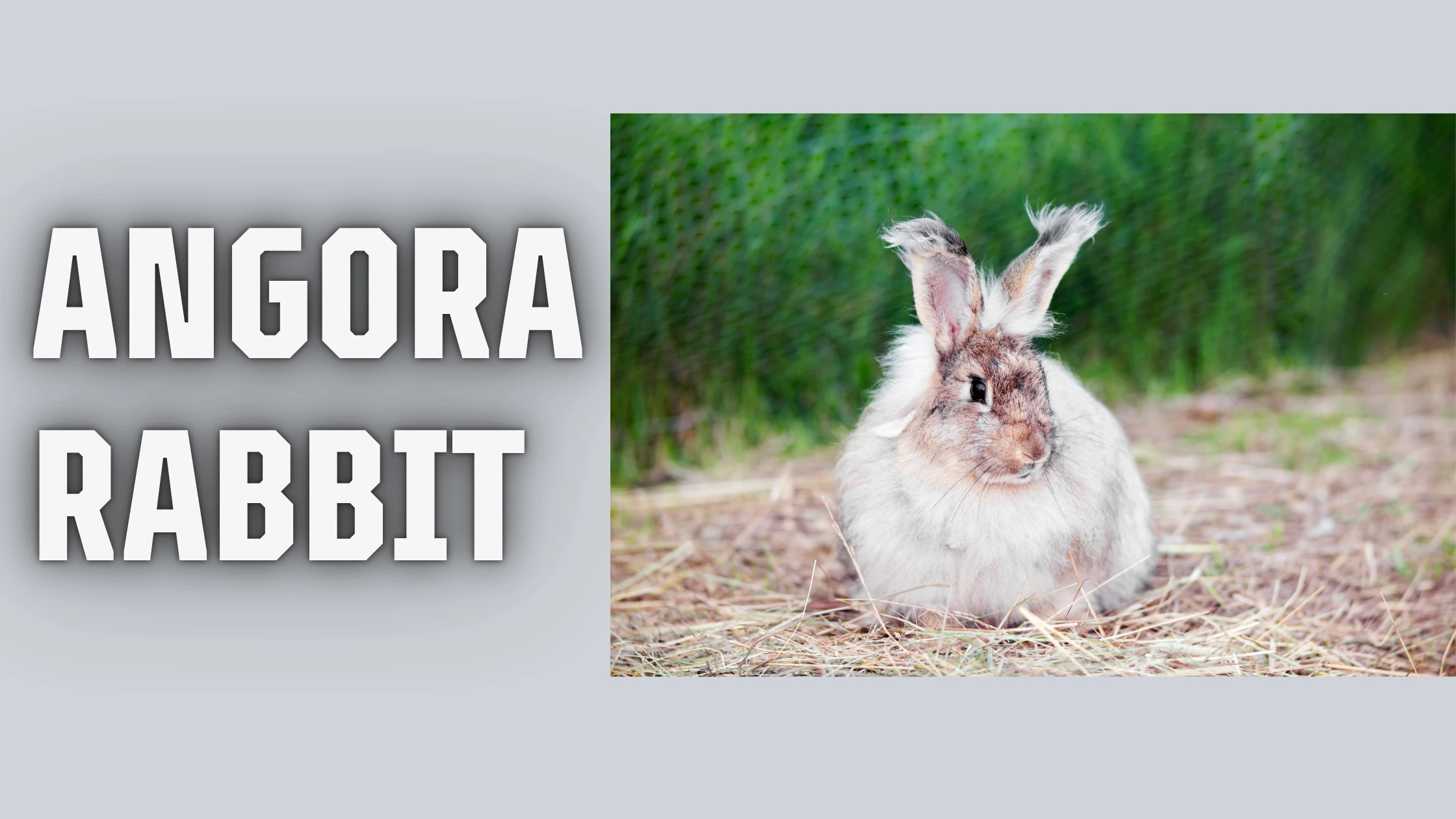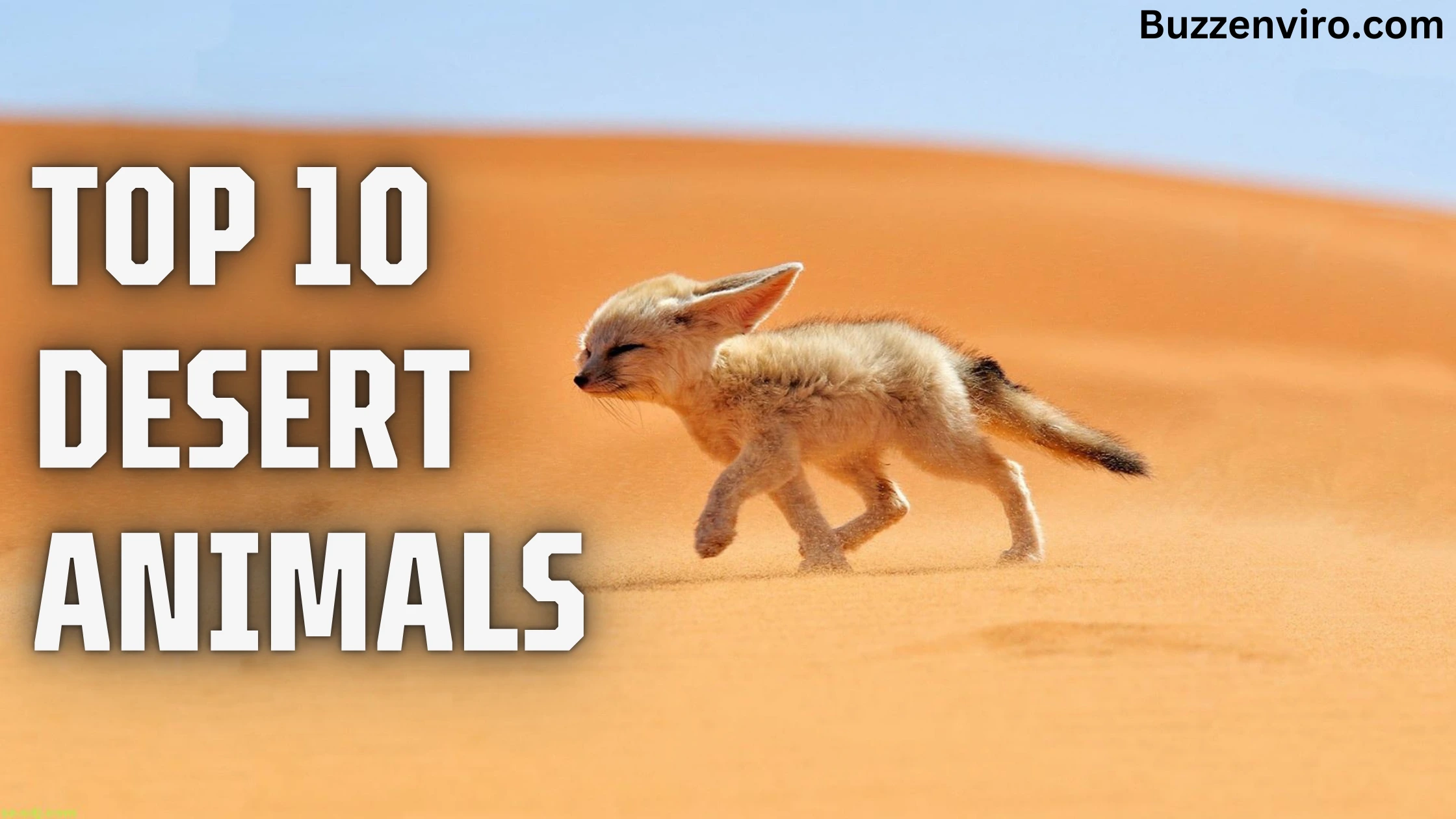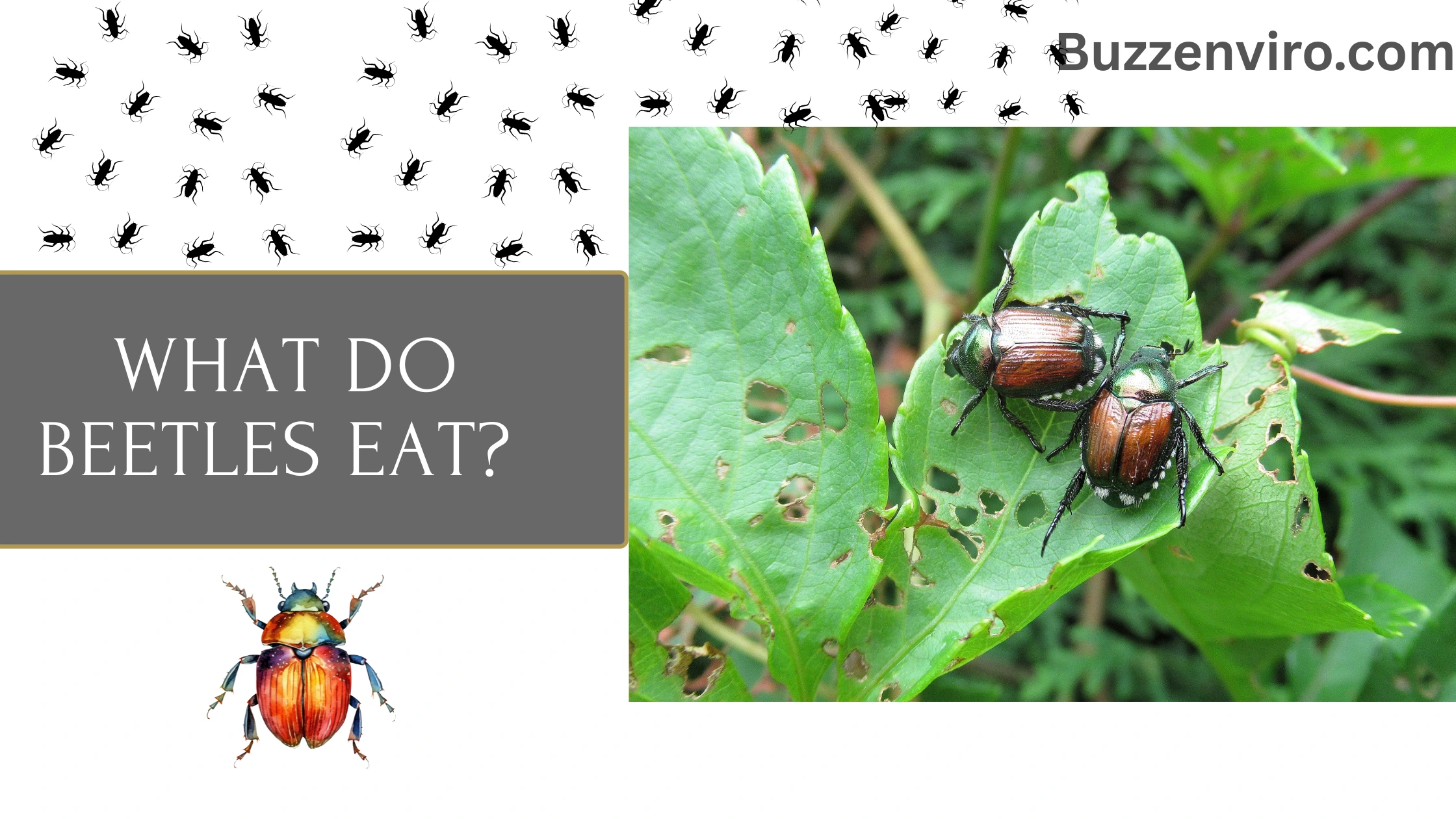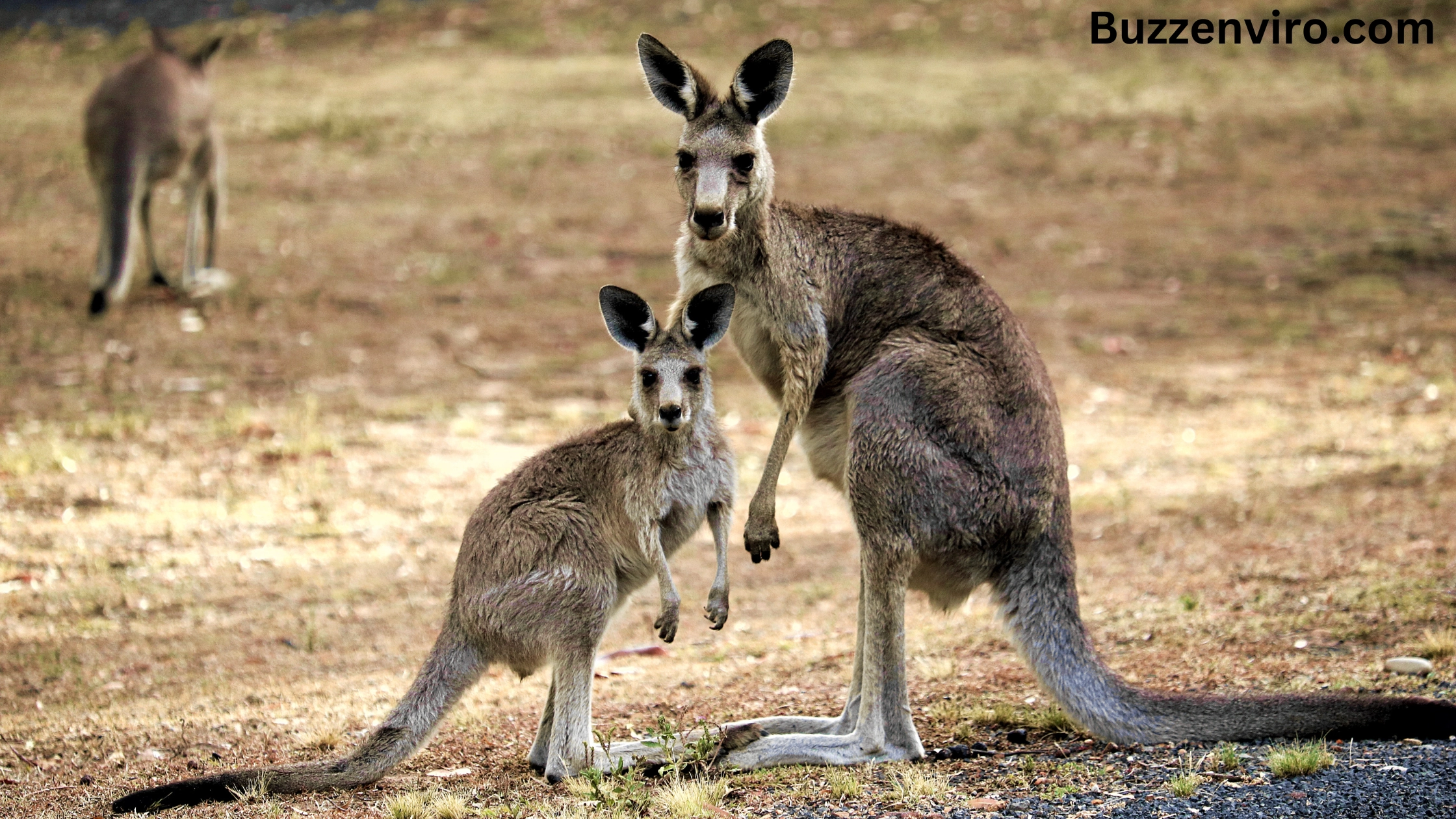Imagine a world where animals move at a pace so slow that even a gentle breeze seems faster. In this blog, we’ll introduce you to the seven slowest animals in the world. These creatures take life one step at a time, showing us that speed isn’t everything. Whether it’s a lazy stroll or a deliberate crawl, these animals names something that moves very slowly. Let’s explore the fascinating world of these slow-moving wonders and learn what makes them the slowest animal on earth.
Slowest Animals in the World
Here are the list of few slowest animals in the world
1. Starfish

Sea stars is also known as starfish which is slowest animals in the world and have a hard top and many wiggling tube feet at the bottom. These tiny feet allow the starfish to grab surfaces and move but do not move very quickly.
According to NOAA, an adult sunflower sea star can travel at a speed of one meter per minute (about one foot per minute) using all of its 15,000 tube feet.
2. Giant Tortoise

Many giant tortoises live on different islands, but they are known as Galapagos and one of the slowest animals in the world. It is the most massive and can live up to 150 years.
Charles Darwin first discovered tortoises while on a trip to the Galapagos Islands in 1835. In Zoology Notes, Darwin wrote that one giant tortoise was walking at a speed of 60 yards per 10 minutes, which is 360 yards per hour. According to Darwin, at this speed, the animal would have walked four miles daily and had little time for rest.
However, according to Stephen Blake, Galápagos tortoise movement ecology program coordinator, their turtles travel up to two kilometres per hour (about 1.2 miles per hour), meaning Darwin was likely chasing them.
3. Banana Slug

While there is little consensus as to which animal is the slowest, the banana slug won best of show, according to biologist Branley Allen Branson of the University of East Kentucky. Branson noted that a giant banana slug can travel a distance of 6.5 feet in 120 minutes. A turtle is moving at a gliding pace at that speed.
The banana slugs move along the sole muscle of their foot. The glands on that foot release dry mucus particles that absorb water and form slime.
This slippery material lubricates their legs as they crawl. The banana slug also has an end mucus plug that it uses to create a slime bungee cord that it can use to climb down from high positions.
4. Garden Snail

When you have more than one leg, it’s easier to walk fast. The typical garden snail’s body has a flattened, muscle-filled organ that keeps it moving at a snail’s pace and recognizes as a slow moving animals.
According to the Dudley Zoo, the snail releases mucus to help it move and reduce friction. This is why you always see slime trails in a garden snail’s wake. A garden snail has a maximum speed of 1/2 inch per second (1.3 centimeters) but can move as little as 1/10 inch per second (.28 centimetres).
5. Slow Loris

Can slow lorises be slow? The loris is mostly a loner. Most of the time, the animal is very quiet until it goes after the prey. Then, the loris strikes fast. Standing upright, the loris grabs the brand with its feet. Then, according to Cleveland Metropolitan Zoo, it throws its body forward and grabs the brand Metropolitan Zoo.
The slow loris may look cute and fluffy, but it’s the world’s only poisonous primate. It has toxins in its mouth, which it releases from a gland on its elbows. The slow loris spreads the poison on its fur to scare off predators or bite them dead.
6. Sea Anemone

Over 1,000 species of sea anemones exist, and they are related to corals and jellyfish. These colorful and fascinating creatures use their solitary foot (a pedal disc) and mucus secreted to attach to a shell, plant, rock, or coral reef and consider as a slowest animals in the world.
They rarely split up, waiting for fish close enough to eat. When they do, they move at approximately 4/10 inches per hour. Time-lapse photography has been used to track their movements. They often move in reaction to predators or poor habitat conditions.
7. Manatee

Manatees are relatively fast compared to some of the other animals. However, manatees tend to be very slow due to their size and reluctamovee to slowly
The sea cow, also known as the gentle giant of the sea, can grow up to 13 feet in length and weigh up to 3,500 pounds, so it’s no surprise that manatees don’t travel very fast. They can cruise along at just a couple of miles an hour, but they can go as fast as 20 miles an hour if they need to get somewhere fast.
Manatees live in shallower waters and have no natural predators. Sharks or whales could eat them, but this rarely happens since they live in different bodies of water. The biggest threat they face is from humans. Thanks to extensive conservation efforts, the western Indian manatee was removed from the Endangered Species List in Florida in 2017.
Conclusion
In a world where speed is often celebrated, these slow-moving animals remind us that there’s more than one way to thrive. Their deliberate pace is not a weakness but a unique strategy for survival, adapted perfectly to their environments and lifestyles. From the tree-dwelling sloth to the grounded tortoise, these creatures show us that sometimes, taking it slow can be the key to a long and successful life. Next time you see one of these animals, you’ll know that their slow pace is a testament to their special place in the natural world.
